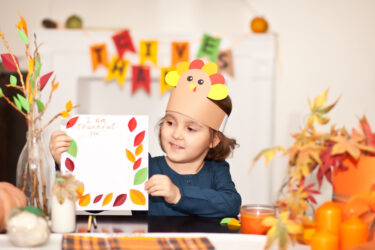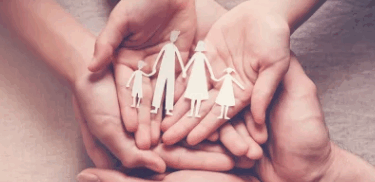A warm day and plenty of sunshine can make a kid break out his bike, the FITT principle for kids can help him know how long to ride. This childlike excitement can slowly wear off as years pass, bodies change and, you know how it goes.
But the good news is, there are easy ways to make sure your kids learn about their physical fitness needs now so they can carry them into their older years when pounds are so easy to pack on.
FITT Principle for Kids
One way to give your kids’ a healthy kickstart (and make it interesting and fun, too) is through the F.I.T.T. Formula, or just FITT. Through years of research and development, FITT was created by the National Institutes of Health in order to give people an easy way to measure their fitness progress. FITT stands for: Frequency, Intensity, Time and Type. The acronym can help anyone interested in physical fitness keep up with what they need.
Kids as young as 3 can build on this concept (keeping their age and level in mind of course).
“FITT is one way to remember guidelines for a good fitness plan,” says Amanda Chaney, DO, with family medicine and sports medicine at TriHealth.
The benefits are worth every minute.
“It’s important to be active and get moving and to develop skills of coordination, balance and strength,” she says.
In the end, the goal is to do some type of physical daily activity, says Chaney, and it’s very important to keep your little energizer bunny’s fitness level in mind as you move through the motions.
Let’s break it down:
FREQUENCY
A kid’s goal is to do some type of physical activity daily.
INTENSITY
They should try to achieve at least a moderate level of activity one day and then to add in more vigorous activities throughout the week (keeping it age-appropriate). Some examples of moderate intensity exercise are slow walking, leisure biking, dancing and stretching. Examples of vigorous intensity exercises include fast walking, jogging or running, aerobics and competitive sports (basketball, football, gymnastics, etc.). The more kids enjoy an activity, the more likely they will continue to do it long-term. Making it exciting and rewarding is key.
TIME
At least 60 minutes or more of moderate to vigorous physical activity per day for kids 6 and older; toddlers and preschool kids should play actively several times a day; toddlers should get at least 60 minutes active play per day; kids should have at least 120 minutes active play per day.
TYPE
Hobbies, workouts, dance, team sports, individual sports, etc.
Benefits of a FITT Program
So what makes this idea different from other concepts, and why does it work? First, it adds structure and guidelines for both you and your kids, and second, it builds more than just a strong kid.
“It’s important to be active and get moving and to develop skills of coordination, balance and strength,” says Chaney. “The FITT program is good for all kids as a baseline for physical activity and being less sedentary overall,” she adds.
START IT UP FOR KIDS
Build a FITT program for your child. Here are ways to slowly incorporate more activity into your kids’ day, according to Chaney:
Make it fun
Limit sedentary-type activities
Keep an Activity Log – to track the type of activities getting done throughout the day and how long
Focus on positive – Create a reward chart for small milestones.
Be a Role Model for Your Kids – Be active with your kids to show it is healthy to be active and that exercise is medicine.
More Great Stories!
Ways to Have Fun Family Fitness
Where to Go for Fitness for Kids
Power Play! Fitness Classes for Tots





